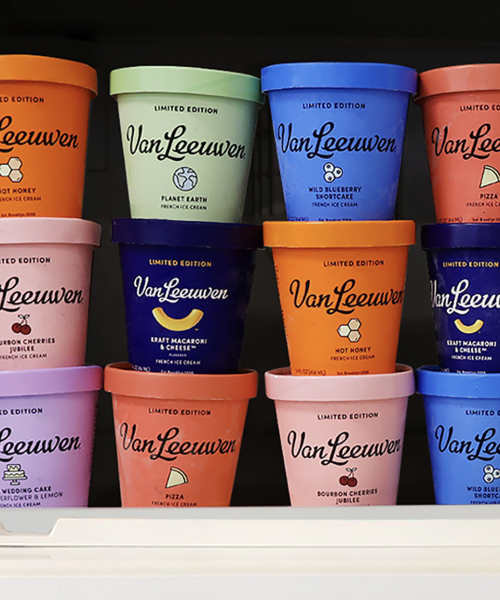By Jelisa Castrodale | FoodAndWine.Com
Troy Warren for CNT #Foodie
The classic Christmas confection is in shorter supply thanks, in part, to a fungus that’s killing peppermint crops.
If you wanted to get all of the items that were on your holiday grocery list, it seems like you needed to get an early start this year. And by “an early start,” we mean that you should’ve stocked up in March. In the past few weeks, there have been reports of a cream cheese shortage — to the point that Philadelphia offered $20 to anyone who was willing to skip the Christmas cheesecake — and stores like Publix even put purchase limits on a number of holiday staples, including coconut flakes, whipping cream, and frozen pie shells.
And now we’re apparently in the thick of what the New York Post has called “the great Candy Cane Crisis of 2021.” According to the outlet, some retailers haven’t been able to keep candy canes in stock, due to a combination of ongoing supply chain issues and a downturn in this year’s peppermint crop.
“We only received half of our candy cane order for the holiday season and sold out almost immediately. We currently have zero in stock,” Mitchell Cohen, the owner of New York City’s Economy Candy, told The Post. “Raw material and ingredient shortages globally have had quite an impact.”
According to Cohen, this was the first time that the 84-year-old store has ever run out of the popular stocking stuffers. “Since candy canes were invented, we’ve had candy canes,” he said.
Food & Wine reached out to Spangler Candy Company, the largest candy cane manufacturer in the United States, and learned that they’re also running slightly behind schedule this year. “Availability of candy canes has been limited this year by a variety of supply chain delays,” Kirk Vashaw, the CEO of the Ohio-based company, said in an emailed statement. “With those delays, the elves are working extra hard to catch up with demand. As a result, we are seeing candy canes sell out at retail earlier than normal.”
The U.S. Department of Agriculture’s statistics show that peppermint production has fallen by almost 25 percent in the United States in the past decade. In 2011, annual production of peppermint oil weighed in at 6.57 million pounds; by 2020, that number had slipped to under 5 million pounds. On top of that, U.S. mint crops, including peppermint and spearmint, have been threatened by Verticillium wilt, a fungal disease that can’t be eradicated by any fungicide, but can wipe out entire fields of mint. (A paper published in the journal Plants, called it “the most important and destructive disease of mint in the United States.”)
So there’s a chance that your stockings may be less minty-fresh this year, or that your gingerbread house may not have candy cane columns propped beside the door. On the bright side, this could be the opportunity to try to make a new holiday tradition — by stuffing your stockings with whatever’s still in stock.
In Other NEWS




































